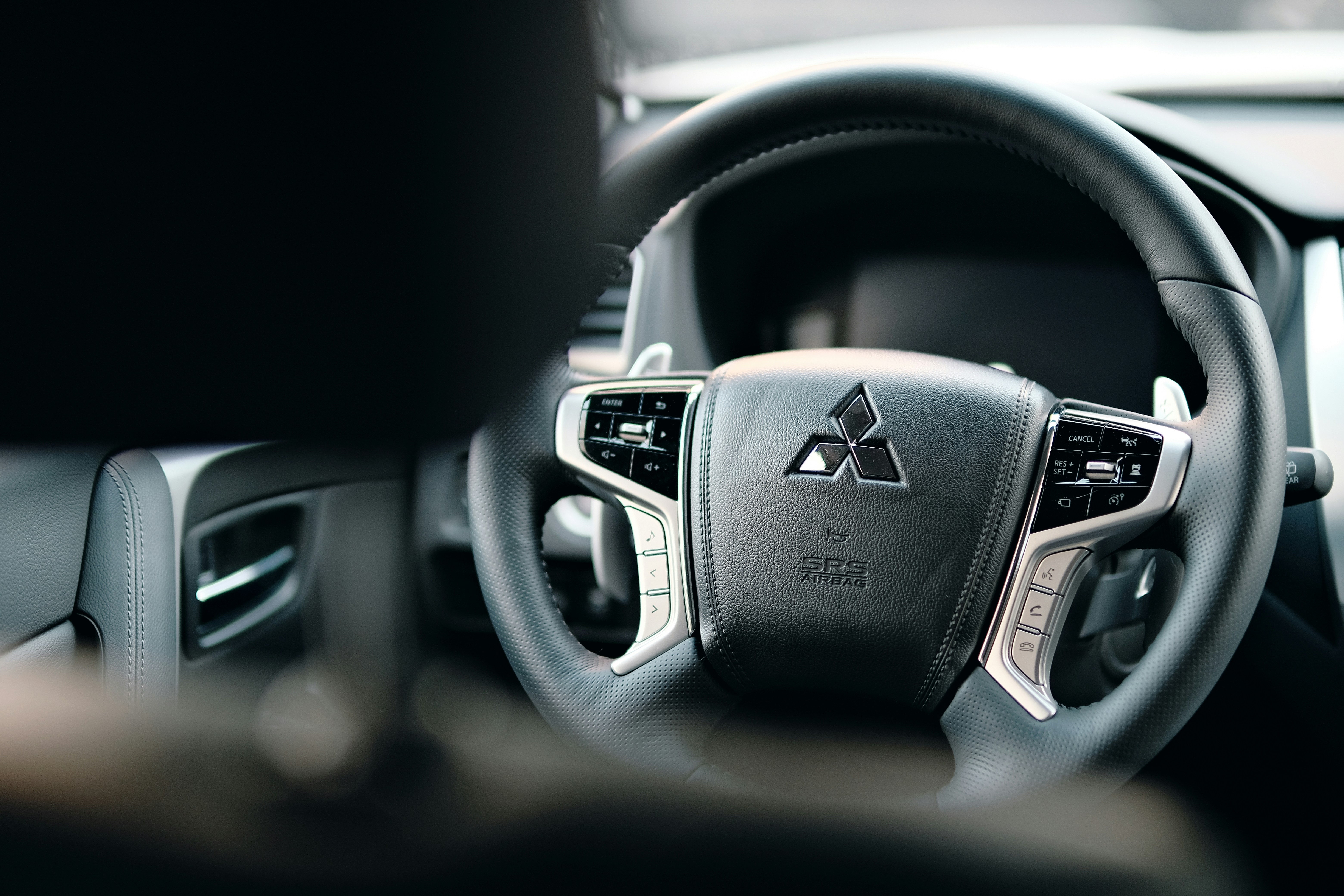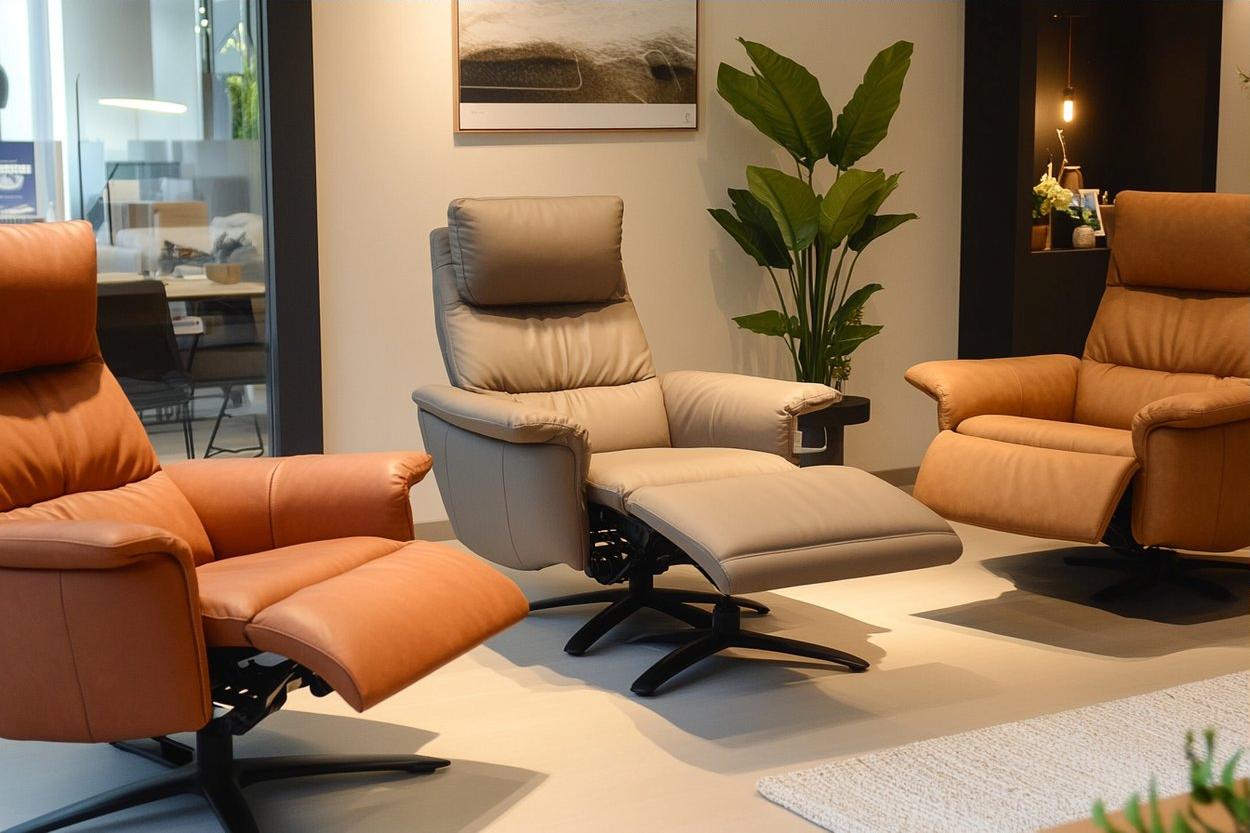The Hidden World of Car Scent Engineering
Unveiling the olfactory secrets behind that coveted new car smell, we delve into the fascinating realm of automotive scent engineering. This often-overlooked aspect of vehicle design plays a crucial role in shaping our driving experience and brand perception. From carefully crafted fragrances to odor-neutralizing technologies, discover how automakers are leveraging the power of scent to enhance driver satisfaction and create lasting impressions.

Evolution of the New Car Smell
The iconic new car smell has undergone a remarkable transformation over the decades. Originally an unintended byproduct of manufacturing processes, it has evolved into a carefully orchestrated blend of aromas. In the past, the smell primarily stemmed from off-gassing of volatile organic compounds (VOCs) from plastics, adhesives, and other materials used in car interiors. Today, manufacturers actively work to minimize harmful VOCs while introducing pleasant scents that evoke feelings of luxury, comfort, and cleanliness.
Tailoring Scents for Different Markets
Cultural preferences play a significant role in automotive scent engineering. What appeals to consumers in one market may not resonate with those in another. For instance, European buyers often prefer subtle, clean scents, while some Asian markets favor stronger, more distinct fragrances. Luxury automakers like Mercedes-Benz and BMW have developed region-specific scent profiles to cater to diverse global audiences. This localization of scents demonstrates the industry’s commitment to creating tailored sensory experiences for drivers worldwide.
Innovative Scent Delivery Systems
Advancements in technology have revolutionized how scents are integrated into vehicles. Modern cars feature sophisticated scent delivery systems that go beyond traditional air fresheners. Some high-end vehicles are equipped with built-in fragrance atomizers that can be controlled through the infotainment system. These systems allow drivers to select from a range of scents or even create custom blends. Additionally, smart sensors can detect changes in air quality and automatically adjust the fragrance output to maintain a consistent olfactory environment.
Beyond Pleasant Aromas: Functional Scent Applications
Car scent engineering extends beyond creating pleasant aromas. Researchers are exploring functional applications of scents to enhance driver safety and well-being. Studies have shown that certain scents can improve alertness and reduce driver fatigue. For example, peppermint and citrus scents have been found to increase concentration and reaction times. Some automakers are investigating the potential of incorporating these aromatic compounds into their vehicles to create a more alert and focused driving experience.
The Challenge of Odor Neutralization
While introducing pleasant scents is crucial, equally important is the ability to neutralize unwanted odors. Automakers invest significant resources in developing odor-neutralizing technologies to combat smells from food, pets, and other sources that can accumulate in a vehicle over time. Advanced filtration systems, activated carbon materials, and photocatalytic processes are among the innovative solutions being implemented to maintain a fresh-smelling interior, even in challenging conditions.
Environmental Considerations and Sustainability
As the automotive industry shifts towards more sustainable practices, car scent engineering is also adapting to eco-friendly standards. Manufacturers are moving away from synthetic fragrances derived from petrochemicals and exploring natural, plant-based alternatives. This transition not only addresses environmental concerns but also caters to the growing consumer demand for clean, non-toxic products. Some companies are even experimenting with biodegradable scent capsules and refillable fragrance systems to reduce waste.
The Future of Automotive Olfactory Experiences
The future of car scent engineering holds exciting possibilities. As vehicles become increasingly autonomous, the focus on creating immersive in-car experiences will intensify. We may see the integration of context-aware scent systems that adapt to the driver’s mood, time of day, or even the surrounding environment. Virtual reality experiences enhanced by synchronized scents could transform how we perceive and interact with our vehicles. Additionally, the potential for personalized scent profiles based on individual preferences and even health conditions opens up new avenues for tailored driving experiences.
Ethical and Health Considerations
As car scent engineering continues to evolve, it raises important ethical and health considerations. The use of fragrances in enclosed spaces like vehicles can potentially trigger allergies or sensitivities in some individuals. Automakers must strike a delicate balance between creating appealing scents and ensuring the well-being of all occupants. Transparency in ingredient disclosure and the option to disable or customize scent features will be crucial in addressing these concerns. Furthermore, the psychological impact of engineered scents on consumer behavior and brand perception warrants ongoing research and ethical scrutiny.





